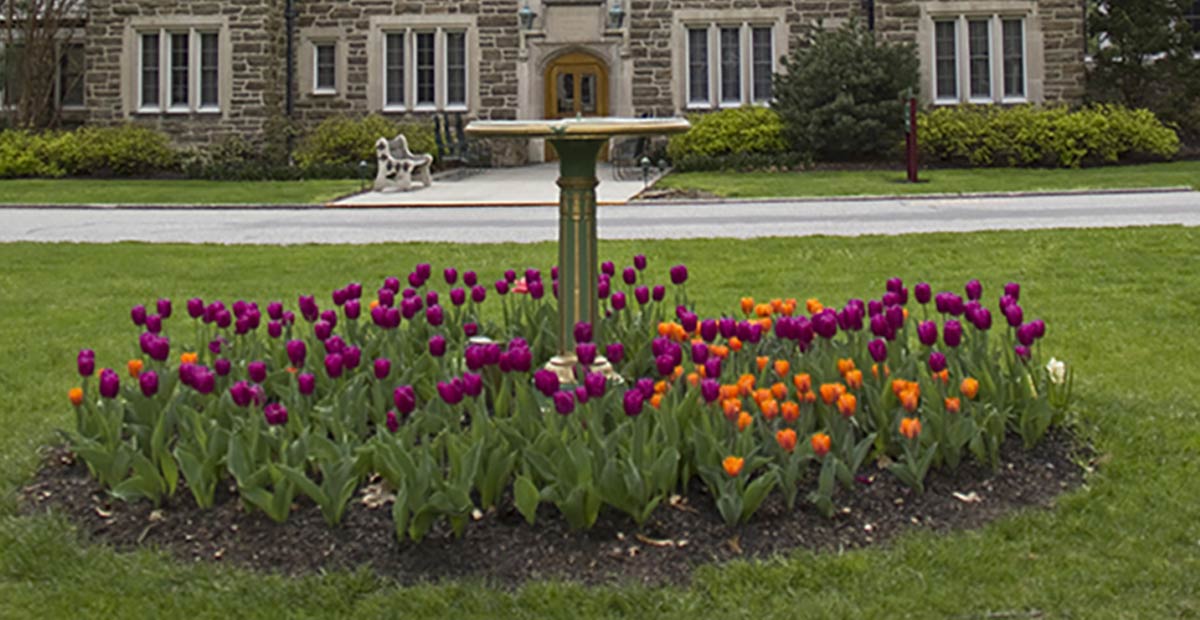About the Author: Scott Ruth is the director of land management at the Masonic Village at Elizabethtown.
Several weeks ago I noticed the grass looking a little less than satisfactory, in my mind, while driving along Freemason Drive early one morning.
A contracted landscape crew had just fertilized and sprayed the broadleaf weeds a week earlier. Masonic Village’s landscape crew had just finished mowing the day before, but something wasn’t quite right.
I asked the mechanic later that morning if we had raised the mowing height after the first few cuttings in April. We had forgotten to raise the cutting height a half an inch on all the mowing decks prior to May 1st.
This adjustment may seem very insignificant to a homeowner, but can play a major role in the health and appearance of your lawn. The simple, sometimes tedious and laborious chore of cutting the lawn is really a science in itself.
Frequency, mowing height, sharpness of the blades, ground speed, engine speed, clipping discharge and even time of day are all factors that can affect the overall health and appearance of your lawn. Paragraphs could be written on each factor above and how they can promote or deteriorate the quality to your grass plants and, eventually, the overall look of your lawn.
Simple key factors to remember to allow mowing to promote a healthy, lush, green, weed-free lawn without doing any more than your obligatory cutting are:
- Never mow off more than 1/3 of the overall length of the blade of grass.
- Make your first and last cuttings of the year the lowest height you mow (2-2.5”).
- Keep bluegrass, ryegrass and fescue lawns at 3.5-4” over the warmer months of the season. This promotes less weed growth and reduces the need to water.
- Keep blades sharp and engine speed at the highest suggested rpm for your mower, but keep your ground speed at a comfortable pace.
- Try to mow when grass is cool and dry, mulching the clippings back into the turf, if possible. Do not allow excess clippings to accumulate on the lawn.
If you loyally follow the suggestions above, your lawn will respond very favorably for you without asking for much in return. Grass is a very resilient, forgiving plant that will thrive if given just a little tender loving care!
The following week after simply raising the blades a half an inch, the lawn along Freemason Drive was back to a respectable, healthy looking shade of green!




